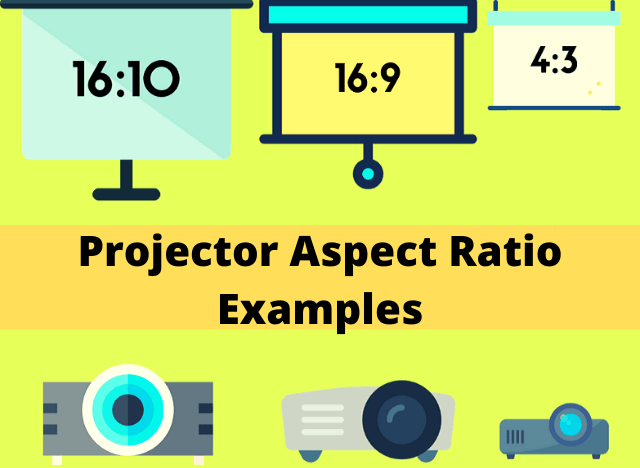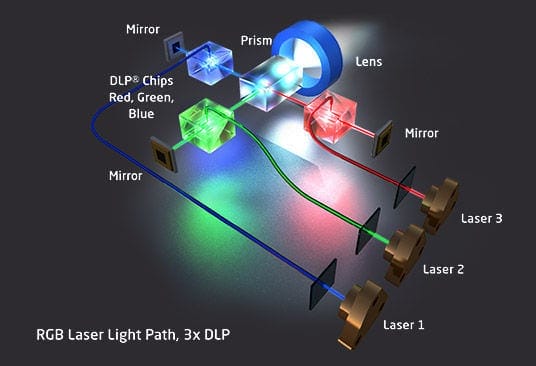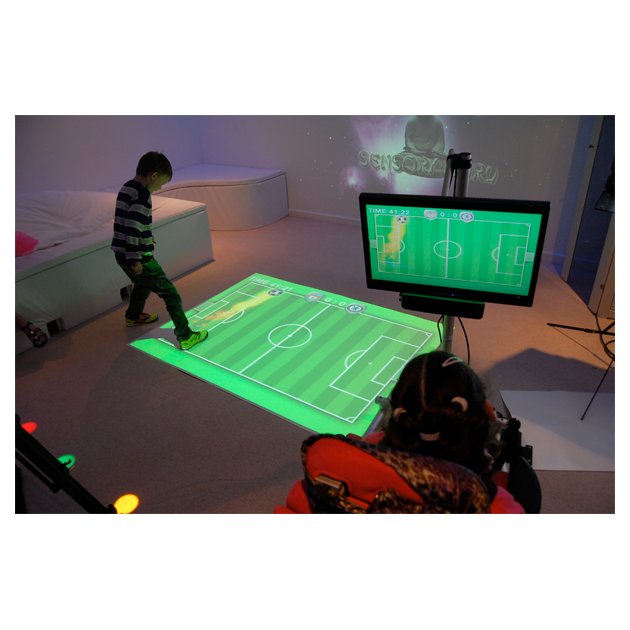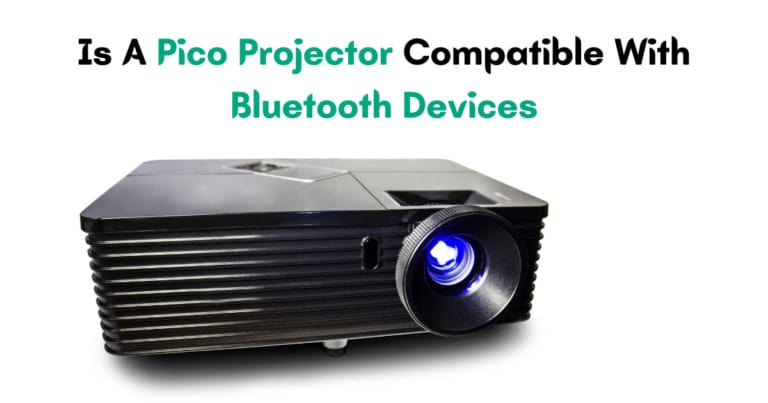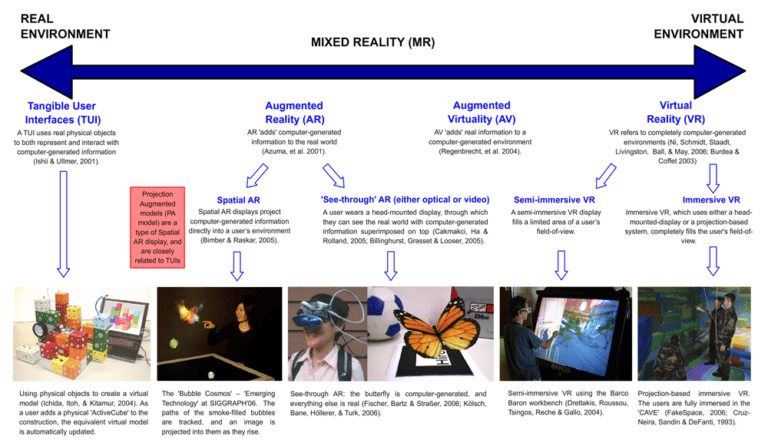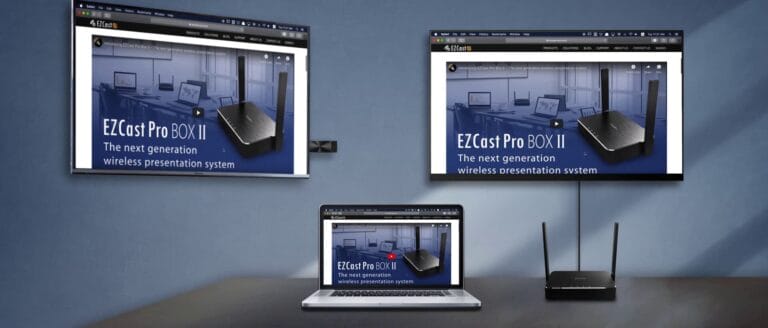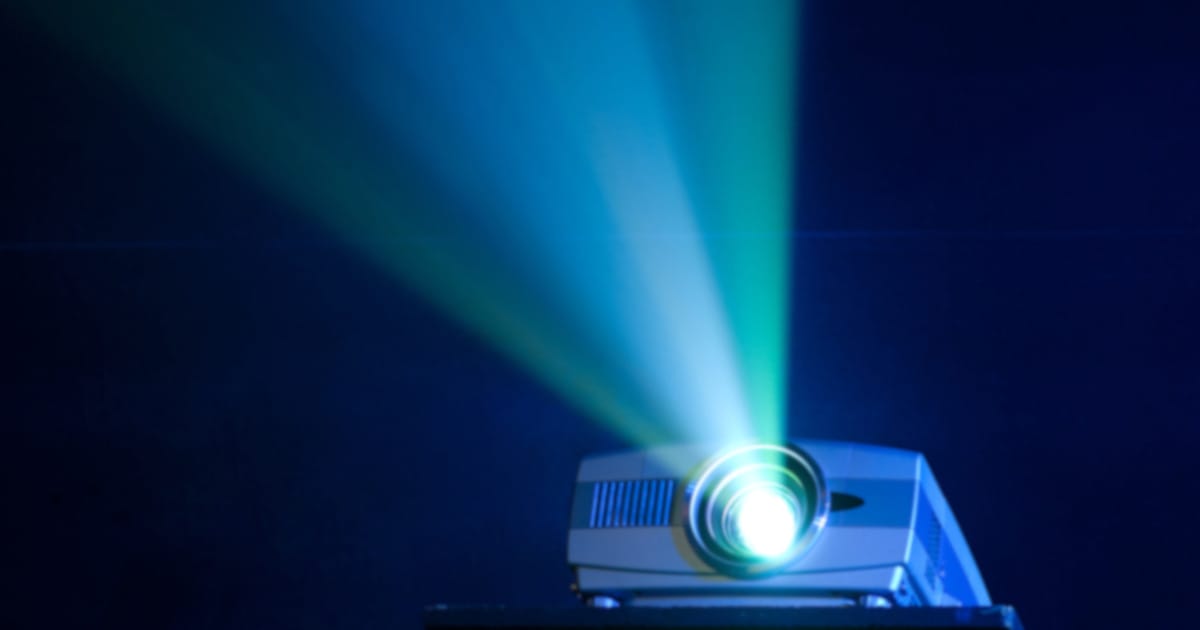
Have you ever wondered, “What is the Throw Ratio of an LCD Projector?” Well, get ready to dive into the world of projectors and their fascinating technical details! Whether you’re a tech enthusiast or simply curious about how these devices work, this article will break it down for you in a language that’s easy to understand.
So, let’s start by answering the question: What exactly is the Throw Ratio of an LCD Projector? In simple terms, the throw ratio refers to the distance between the projector and the screen, divided by the width of the projected image. It helps determine how far or close the projector needs to be placed to achieve a specific image size.
Understanding the throw ratio is crucial when setting up a projector, as it allows you to calculate the ideal positioning for optimal image display.
Plus, knowing the throw ratio helps you choose the right projector for your space and avoids any potential projection problems. So, let’s dive deeper into this topic and uncover the secrets behind the throw ratio of an LCD projector!
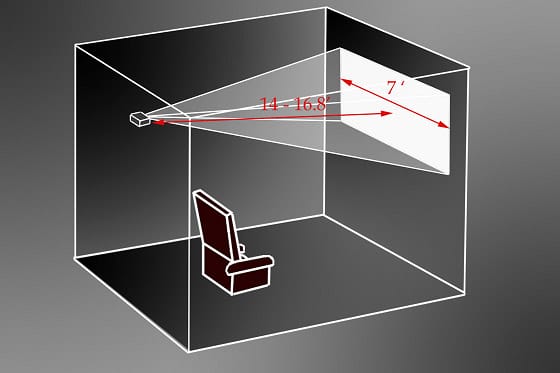
What is the Throw Ratio of an LCD Projector?
The throw ratio of an LCD projector is a measure that indicates how wide the image will be when the projector is placed at a certain distance from the screen.
It’s calculated by dividing the distance from the projector to the screen (throw distance) by the width of the projected image.
For example, a projector with a throw ratio of 2:1 means that for every 2 feet of throw distance, the image width will be 1 foot. This ratio helps in determining the right projector for a specific room size and desired image size.
What is the Throw Ratio?
The throw ratio is defined as the ratio of the distance between the projector and the screen (throw distance) to the width of the projected image. It is represented as a range, such as 1.5:1 to 2.0:1, where the first number indicates the minimum throw distance and the second number represents the maximum throw distance. For example, a projector with a throw ratio of 1.5:1 can project a 5-foot-wide image from a distance of 7.5 to 10 feet.
The throw ratio essentially determines the flexibility of projector placement and the size of the projected image. A projector with a low throw ratio will create a larger image from a shorter distance, while a projector with a high throw ratio will produce a smaller image from the same distance.
This allows for customization and adaptability in different spaces, as projectors can be placed closer to or farther from the screen or wall to achieve the desired image size.
There are three main categories of throw ratios: short throw, standard throw, and long throw. Short-throw projectors have a throw ratio of less than 1:1, which means they can be placed very close to the screen, making them suitable for small spaces or environments where there are space constraints.
Standard throw projectors have a ratio of around 1.5:1 to 2.0:1, making them versatile for most settings. Long throw projectors have a throw ratio greater than 2.0:1 and are typically used in larger venues such as auditoriums or outdoor events.
The Importance of Throw Ratio in LCD Projectors
Understanding the throw ratio of an LCD projector is crucial for achieving the desired image size and quality. By selecting a projector with the appropriate throw ratio, you can ensure that the projected image fits the screen or wall properly, without any image distortion or cropping.
Additionally, the throw ratio helps determine the optimal placement of the projector. If you want a larger image, you can choose a projector with a lower throw ratio and place it closer to the screen or wall.
On the other hand, if you have limited space or prefer a smaller image, a projector with a higher throw ratio allows for a longer throw distance.
Different settings require different throw ratios. In a classroom or small meeting room, a short-throw projector may be ideal as it can be placed close to the screen, minimizing shadows and providing a larger image size. In larger venues, such as conference halls or movie theaters, long throw projectors are preferable as they can project a large image from a considerable distance.
To determine the appropriate throw ratio for your needs, consider the size of the space, the desired image size, and the placement options. Consulting with a professional or referring to the projector’s user manual can provide further guidance and ensure you make the right choice.
Beyond the Basics: Additional Considerations
Choosing the Right Lens
Beyond the throw ratio, LCD projectors also offer a variety of lens options. These lenses can further enhance the flexibility and adaptability of your projector. Some projectors have interchangeable lenses that allow you to change the throw ratio and adjust the image size dynamically. This feature is particularly beneficial in settings where different screen sizes and throw distances are required.
Aspect Ratio and Resolution
The aspect ratio and resolution of both the projector and the content being displayed are essential factors to consider in conjunction with the throw ratio. The aspect ratio refers to the proportional relationship between the width and height of the projected image.
The most common aspect ratios are 4:3 (standard) and 16:9 (widescreen). It is crucial to ensure that the aspect ratio of the projector matches the aspect ratio of the content or the desired output.
Similarly, the resolution of the projector affects the image quality and sharpness. Higher-resolution projectors produce more detailed and visually appealing images. Matching the resolution of the projector to the content or source material ensures optimal image quality.
Tips for Choosing the Right Throw Ratio
Consider the Room Size and Layout
Before selecting a projector, carefully assess the size and layout of the room or venue where it will be used. Measure the available space, including the distance between the projector and the screen or wall. This will help determine the appropriate throw ratio needed to achieve the desired image size.
Define the Image Size
Decide on the desired image size and aspect ratio. Consider the purpose of the projector and the viewing distance of the audience. This will aid in selecting a throw ratio that suits your specific needs.
Consult with Professionals
If you’re unsure about the throw ratio or any other technical aspect of LCD projectors, reach out to professionals or consult the manufacturer. They can provide expert guidance based on your requirements and assist you in choosing the most suitable projector for your needs.
In conclusion, understanding the throw ratio is essential when selecting an LCD projector. Taking into account the size of the space, desired image size, and placement options, you can choose a projector with the appropriate throw ratio to achieve optimal image quality and viewing experience.
By considering additional factors such as lens options, aspect ratio, and resolution, you can further enhance the versatility and adaptability of your projector.
With careful consideration and professional guidance, you can make an informed choice and enjoy the benefits of an LCD projector that perfectly suits your needs.
Frequently Asked Questions
Welcome to our FAQ section, where we answer some common questions regarding the throw ratio of LCD projectors.
1. How does the throw ratio affect the display size of an LCD projector?
The throw ratio of an LCD projector determines the size of the image it can display. It is the ratio between the distance from the projector to the screen (throw distance) and the width of the projected image. A smaller throw ratio means the projector can display a larger image from a shorter distance, while a larger throw ratio requires a longer distance to achieve the same image size.
For example, if a projector has a throw ratio of 1.5:1, it means that for every 1.5 units of distance from the projector to the screen, the image width will be 1 unit. So, if the distance is 10 feet, the image width will be approximately 6.7 feet.
2. Can I use a projector with a fixed throw ratio in different-sized rooms?
Yes, you can use a projector with a fixed throw ratio in different-sized rooms, but you need to carefully consider the available space and desired image size. If you have a smaller room and want a larger image, you may need to mount the projector further back or select a projector with a smaller throw ratio.
Conversely, if you have a larger room and want a smaller image, you can mount the projector closer or choose a projector with a larger throw ratio. It’s important to measure the available space and calculate the throw distance needed to achieve the desired image size before selecting a projector.
3. Does the throw ratio affect image quality?
No, the throw ratio does not directly affect the image quality of an LCD projector. The throw ratio specifically determines the size of the projected image and the required distance between the projector and the screen. Image quality is determined by other factors such as the resolution, brightness, contrast ratio, and color accuracy of the projector.
However, it’s important to note that if you use a projector with an inappropriate throw ratio, the image may appear distorted or out of focus if it is not properly aligned with the screen. So, while the throw ratio itself doesn’t impact image quality, it is crucial to choose a projector with the right throw ratio for your intended usage scenario.
4. Are there any limitations or considerations when using projectors with short throw ratios?
When using a projector with a short throw ratio, there are a few limitations and considerations to keep in mind. Since the projector needs to be placed closer to the screen to achieve a larger image, it may result in shadows being cast on the screen if people walk between the projector and the screen.
Additionally, if the projector’s lens cannot be adjusted to correct geometric distortions, a short throw ratio may lead to distorted images at the edges or corners of the projection.
Lastly, the brightness uniformity of the projected image may decrease with short throw ratios, resulting in uneven illumination across the screen.
5. Can the throw ratio be adjusted on an LCD projector?
Typically, the throw ratio is a fixed specification of an LCD projector and cannot be adjusted. It is determined by the optical components and lens system of the projector. However, some advanced projectors may have interchangeable lenses with different throw ratios, allowing for more flexibility in installation and image size adjustment.
If you require the ability to adjust the throw ratio, you should consider projectors with interchangeable lenses or explore other adjustment options such as digital zoom or lens shift, which can help achieve the desired image size in different installation scenarios.
LCD projectors have a throw ratio that determines the size of the projected image. This ratio is the distance from the projector to the screen divided by the image width.
A lower throw ratio means a larger image, while a higher throw ratio means a smaller image. It’s important to consider the throw ratio when choosing a projector to ensure it suits your viewing needs.
Additionally, throw ratios can vary between projectors, so it’s essential to check the specifications before making a purchase. Understanding the throw ratio will help you determine the right projector for your space, whether it’s for a classroom, home theater, or presentation room. So, remember to pay attention to the throw ratio when buying an LCD projector for your projection needs.

